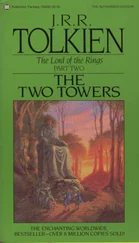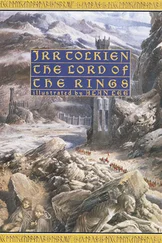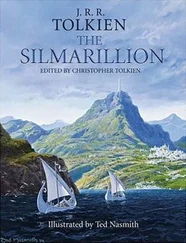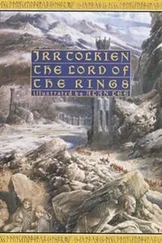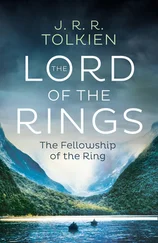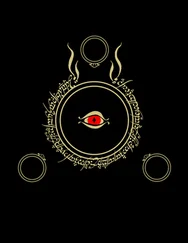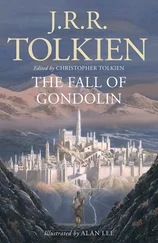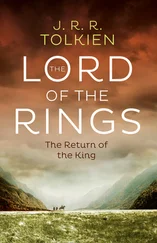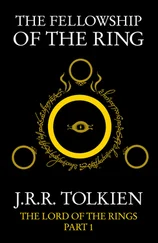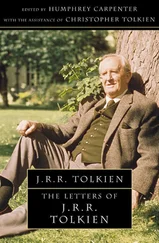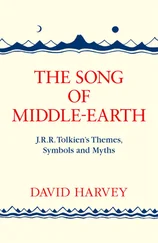I have not used ‘magic’ consistently, and indeed the Elven-queen Galadriel is obliged to remonstrate with the Hobbits on their confused use of the word both for the devices and operations of the Enemy, and for those of the Elves. I have not, because there is not a word for the latter (since all human stories have suffered the same confusion). But the Elves are there (in my tales) to demonstrate the difference. Their ‘magic’ is Art, delivered from many of its human limitations: more effortless, more quick, more complete (product, and vision in unflawed correspondence). And its object is Art not Power, sub-creation not domination and tyrannous reforming of Creation. The ‘Elves’ are ‘immortal’, at least as far as this world goes: and hence are concerned rather with the griefs and burdens of deathlessness in time and change, than with death. The Enemy in successive forms is always ‘naturally’ concerned with sheer Domination, and so the Lord of magic and machines; but the problem: that this frightful evil can and does arise from an apparently good root, the desire to benefit the world and others [3] Not in the Beginner of Evil: his was a sub-creative Fall, and hence the Elves (the representatives of sub-creation par excellence) were peculiarly his enemies, and the special object of his desire and hate – and open to his deceits. Their Fall is into possessiveness and (to a less degree) into perversion of their art to power.
– speedily and according to the benefactors own plans – is a recurrent motive.
The cycles begin with a cosmogonical myth: the Music of the Ainur . God and the Valar (or powers: Englished as gods) are revealed. These latter are as we should say angelic powers, whose function is to exercise delegated authority in their spheres (of rule and government, not creation, making or re-making). They are ‘divine’, that is, were originally ‘outside’ and existed ‘before’ the making of the world. Their power and wisdom is derived from their Knowledge of the cosmogonical drama, which they perceived first as a drama (that is as in a fashion we perceive a story composed by someone else), and later as a ‘reality’. On the side of mere narrative device, this is, of course, meant to provide beings of the same order of beauty, power, and majesty as the ‘gods’ of higher mythology, which can yet be accepted – well, shall we say baldly, by a mind that believes in the Blessed Trinity.
It moves then swiftly to the History of the Elves , or the Silmarillion proper; to the world as we perceive it, but of course transfigured in a still half-mythical mode: that is it deals with rational incarnate creatures of more or less comparable stature with our own. The Knowledge of the Creation Drama was incomplete: incomplete in each individual ‘god’, and incomplete if all the knowledge of the pantheon were pooled. For (partly to redress the evil of the rebel Melkor, partly for the completion of all in an ultimate finesse of detail) the Creator had not revealed all. The making, and nature, of the Children of God, were the two chief secrets. All that the gods knew was that they would come, at appointed times. The Children of God are thus primevally related and akin, and primevally different. Since also they are something wholly ‘other’ to the gods, in the making of which the gods played no part, they are the object of the special desire and love of the gods. These are the First-born , the Elves; and the Followers Men. The doom of the Elves is to be immortal, to love the beauty of the world, to bring it to full flower with their gifts of delicacy and perfection, to last while it lasts, never leaving it even when ‘slain’, but returning – and yet, when the Followers come, to teach them, and make way for them, to ‘fade’ as the Followers grow and absorb the life from which both proceed. The Doom (or the Gift) of Men is mortality, freedom from the circles of the world. Since the point of view of the whole cycle is the Elvish, mortality is not explained mythically: it is a mystery of God of which no more is known than that ‘what God has purposed for Men is hidden’: a grief and an envy to the immortal Elves.
As I say, the legendary Silmarillion is peculiar, and differs from all similar things that I know in not being anthropocentric. Its centre of view and interest is not Men but ‘Elves’. Men come in inevitably: after all the author is a man, and if he has an audience they will be Men and Men must come in to our tales, as such, and not merely transfigured or partially represented as Elves, Dwarfs, Hobbits, etc. But they remain peripheral – late comers, and however growingly important, not principals.
In the cosmogony there is a fall: a fall of Angels we should say. Though quite different in form, of course, to that of Christian myth. These tales are ‘new’, they are not directly derived from other myths and legends, but they must inevitably contain a large measure of ancient wide-spread motives or elements. After all, I believe that legends and myths are largely made of ‘truth’, and indeed present aspects of it that can only be received in this mode; and long ago certain truths and modes of this kind were discovered and must always reappear. There cannot be any ‘story’ without a fall – all stories are ultimately about the fall – at least not for human minds as we know them and have them.
So, proceeding, the Elves have a fall, before their ‘history’ can become storial. (The first fall of Man, for reasons explained, nowhere appears – Men do not come on the stage until all that is long past, and there is only a rumour that for a while they fell under the domination of the Enemy and that some repented.) The main body of the tale, the Silmarillion proper, is about the fall of the most gifted kindred of the Elves, their exile from Valinor (a kind of Paradise, the home of the Gods) in the furthest West, their re-entry into Middle-earth, the land of their birth but long under the rule of the Enemy, and their strife with him, the power of Evil still visibly incarnate. It receives its name because the events are all threaded upon the fate and significance of the Silmarilli (‘radiance of pure light’) or Primeval Jewels. By the making of gems the sub-creative function of the Elves is chiefly symbolized, but the Silmarilli were more than just beautiful things as such. There was Light. There was the Light of Valinor made visible in the Two Trees of Silver and Gold. [4] As far as all this has symbolical or allegorical significance, Light is such a primeval symbol in the nature of the Universe, that it can hardly be analysed. The Light of Valinor (derived from light before any fall) is the light of art undivorced from reason, that sees things both scientifically (or philosophically) and imaginatively (or sub-creatively) and says that they are good – as beautiful. The Light of Sun (or Moon) is derived from the Trees only after they were sullied by Evil.
These were slain by the Enemy out of malice, and Valinor was darkened, though from them, ere they died utterly, were derived the lights of Sun and Moon. (A marked difference here between these legends and most others is that the Sun is not a divine symbol, but a second-best thing, and the ‘light of the Sun’ (the world under the sun) become terms for a fallen world, and a dislocated imperfect vision).
But the chief artificer of the Elves (Fëanor) had imprisoned the Light of Valinor in the three supreme jewels, the Silmarilli, before the Trees were sullied or slain. This Light thus lived thereafter only in these gems. The fall of the Elves comes about through the possessive attitude of Fëanor and his seven sons to these gems. They are captured by the Enemy, set in his Iron Crown, and guarded in his impenetrable stronghold. The sons of Fëanor take a terrible and blasphemous oath of enmity and vengeance against all or any, even of the gods, who dares to claim any part or right in the Silmarilli. They pervert the greater part of their kindred, who rebel against the gods, and depart from paradise, and go to make hopeless war upon the Enemy. The first fruit of their fall is war in Paradise, the slaying of Elves by Elves, and this and their evil oath dogs all their later heroism, generating treacheries and undoing all victories. The Silmarillion is the history of the War of the Exiled Elves against the Enemy, which all takes place in the North-west of the world (Middle-earth). Several tales of victory and tragedy are caught up in it; but it ends with catastrophe, and the passing of the Ancient World, the world of the long First Age . The jewels are recovered (by the final intervention of the gods) only to be lost for ever to the Elves, one in the sea, one in the deeps of earth, and one as a star of heaven. This legendarium ends with a vision of the end of the world, its breaking and remaking, and the recovery of the Silmarilli and the ‘light before the Sun’ – after a final battle which owes, I suppose, more to the Norse vision of Ragnarök than to anything else, though it is not much like it.
Читать дальше


